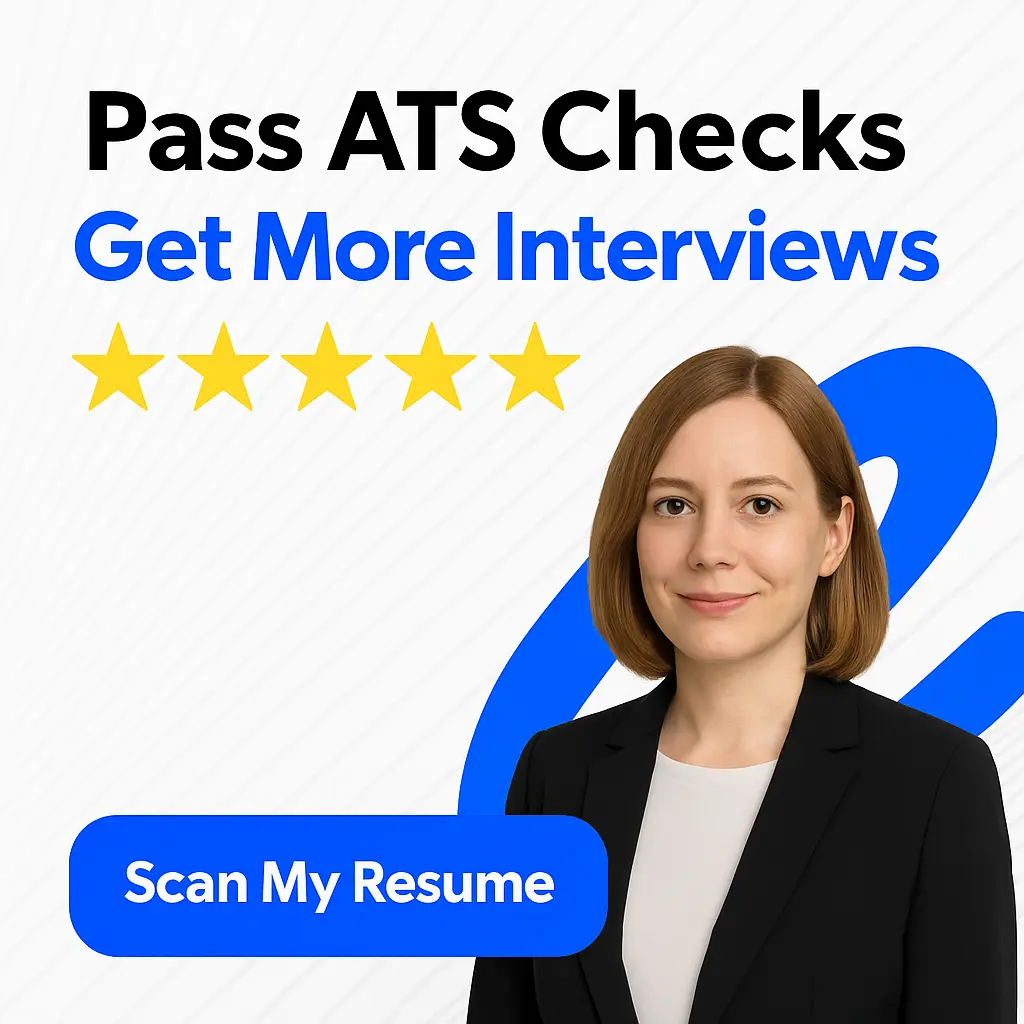As a professional in the modeling industry, it’s essential to have a model resume that showcases your skills, experience, and achievements effectively. A perfect resume can make all the difference in landing your dream job and standing out among the competition.
The purpose of this article is to provide you with an example of the perfect model resume and offer insights into what makes it a standout.
Whether you’re just starting out in the modeling world or looking to update your current resume, this article aims to provide you with the essential tools and tips needed to create a winning model resume. So, let’s get started!
Understanding the Basics
A. Definition of a model resume
A model resume is a document that provides a summary of a person’s skills, experience, education, and achievements. It is used to market oneself to potential employers and is considered as the first step towards getting a job.
B. Elements of a model resume
A well-crafted model resume must include the following key elements:


- Contact details – Full name, professional email address, phone number, and current address should be provided.
- Professional summary or objective – This section, located at the top of the resume, should be a brief statement that summarizes the candidate’s skills, experience, and goals.
- Work experience – This section should list previous job experiences, starting with the most recent, that demonstrate the candidate’s relevant skills.
- Education – This section should list the candidate’s educational qualifications, starting with the most recent degree or diploma earned.
- Skills – This section should list the candidate’s relevant skills, such as technical skills or soft skills.
C. Importance of targeting the resume to the job
It is essential to target a resume to the job for which the candidate is applying. This means tailoring the resume to showcase the specific skills and experiences that are most relevant to the job. Employers typically receive a high volume of resumes, and if the applicant’s resume does not clearly showcase the desired qualifications, it is likely to be discarded.
When targeting a resume to a job, the candidate should carefully read the job description to identify the key skills and experiences the employer is seeking. They can then highlight these in their resume, drawing the reader’s attention to their relevant qualifications. This is a critical step in making a great first impression and increasing the chances of being selected for an interview. A targeted and well-crafted model resume is the key to securing the perfect job.
Formatting Tips
When it comes to creating the perfect model resume, formatting is key. Here are some tips for making sure your resume looks polished and professional:
A. Choosing the right font and size
Stick to a clean, easy-to-read font like Arial or Times New Roman, and use a font size of 10-12 points. Avoid using flashy or ornate fonts that can be difficult to read.
B. Proper use of headings and subheadings
Headings and subheadings can help break up your resume and make it easier to navigate. Use headings to label each section of your resume (e.g. “Education,” “Work Experience”) and subheadings to provide additional detail (e.g. “Certifications” under the “Education” section).
C. Tips for using bullet points and lists
Bullet points and lists can help make your resume more scannable and highlight important information. Use short, concise bullet points to describe your responsibilities and accomplishments at each job or position. When listing information (such as skills or awards), consider using bullet points instead of long paragraphs.
D. Keeping the resume concise and organized
Remember that your resume is a snapshot of your career, not a comprehensive biography. Try to keep your resume to one page if possible (unless you have extensive experience), and use clear sections and formatting to make it easy to read. Use action words and quantify your accomplishments whenever possible to make an impact.
By following these formatting tips, you can create a professional and effective resume that will help you stand out in your job search.
Writing Tips
When it comes to writing an effective resume, there are certain tips and tricks that can make all the difference. In this section, we’ll delve into the importance of using action verbs, including quantifiable achievements, highlighting relevant experience and skills, and avoiding common mistakes.
A. Importance of using action verbs
Your resume should be a dynamic representation of your experience and achievements, which is why it’s important to use action verbs to convey your accomplishments. Action verbs not only make your statements more engaging and direct, but they also make it clear what you’ve accomplished in previous roles. To make the most of this tactic, be sure to choose specific verbs that accurately reflect what you’ve done in each job.
For example, instead of saying “responsible for sales growth,” say “generated X% sales growth by implementing new marketing strategies.” By using an action verb like “generated,” you’re making it clear that you were actively responsible for achieving that result.
B. Including quantifiable achievements
Speaking of achievements, it’s a good idea to include quantifiable metrics wherever possible. This not only demonstrates the results of your work, but it also gives hiring managers a clear picture of what you can do for them. When including quantifiable achievements, be sure to include specific details such as amounts, percentages, and timeframes.


For example, instead of saying “increased sales,” say “increased sales by X% in six months by implementing new customer outreach programs.” The more specific you can be, the better.
C. Highlighting relevant experience and skills
In a competitive job market, it’s essential to make it clear why you’re the best fit for a particular position. By highlighting your relevant experience and skills, you’ll make it easier for hiring managers to see why you’re the ideal candidate. This may involve customizing your resume for each position or industry, so be sure to thoroughly research the job requirements and tailor your resume accordingly.
D. Avoiding common mistakes
Finally, it’s crucial to avoid common mistakes that can derail even the strongest resumes. These may include typos or grammatical errors, using generic language that doesn’t distinguish you from other candidates, or failing to prioritize the most important information.
To avoid these mistakes, be sure to proofread your resume multiple times and enlist the help of others to catch any errors you may have missed. Additionally, focus on using specific language that accurately reflects your skills and experience, and prioritize the most important information to ensure that hiring managers don’t miss anything crucial.
By following these tips and applying them to your resume, you can create a strong, compelling document that highlights your strengths and sets you apart from other candidates.
Personalizing the Resume
When it comes to creating the perfect model resume, it’s essential to personalize the document according to the job requirements and company culture. Here are some tips to keep in mind:
A. Understanding the job requirements and company culture
Before you begin creating your resume, thoroughly research the job requirements and company culture. This will help you understand what the company is looking for in a candidate and how you can tailor your resume to reflect that.
B. Selecting the right keywords for the job
Using the right keywords in your resume is essential to get past the initial screening process. To find the right keywords, go through the job description carefully and pick out the skills and experiences that the company is looking for. You can then incorporate these keywords throughout your resume to increase your chances of getting selected.
C. Tailoring the resume to showcase relevant skills and experience
It’s important to highlight your most relevant skills and work experiences that match the requirements of the job you’re applying for. Try to customize your resume for each job application by showcasing experiences that showcase your abilities and that are directly relevant to the job.
D. Including hobbies and interests to show personality
Including hobbies and interests in your resume is a great way to showcase your personality and give the hiring manager a glimpse of who you are outside of work. However, you must ensure that your hobbies and interests align with the company culture and the job requirements.
Incorporating these tips while personalizing your resume can help you create a resume that stands out from the competition and gets you one step closer to landing your dream job!
Examples of Model Resumes
In this section, we will provide two examples of well-structured and effective resumes: one for a fresh graduate and one for a mid-level professional.
A. Example 1: Fresh Graduate
- Context of the resume This resume is for a recent college graduate with a Bachelor’s degree in Marketing. The individual is seeking an entry-level position in the marketing field.
- Structure and content of the resume This one-page resume is well-organized and easy to read. It begins with a clear objective statement, followed by relevant coursework, skills, and extracurricular activities. Next, the candidate highlights their work experience, including internships and part-time jobs. The resume concludes with education information and a professional summary.
- Analysis of the resume This resume is an excellent example of how to highlight relevant skills and experiences for a targeted job search. The candidate effectively showcases their qualifications and accomplishments in a concise and clear manner. However, the resume could benefit from the addition of measurable results or achievements to demonstrate the candidate’s impact in previous roles.
B. Example 2: Mid-Level Professional
- Context of the resume This resume is for a mid-level professional with several years of experience in the finance industry. The individual is seeking a senior management position in a large financial institution.
- Structure and content of the resume This two-page resume is divided into sections, including a professional summary, core competencies, work experience, education, and professional affiliations. The candidate emphasizes their extensive experience in financial analysis, risk management, and team leadership. The resume also includes quantifiable achievements and highlights relevant certifications and training programs.
- Analysis of the resume The resume demonstrates the candidate’s professional expertise and leadership abilities effectively. The use of bullet points and headings make the resume easy to follow and helps to highlight key information. However, the second page could benefit from additional white space and further refinement to avoid overwhelming the reader with too much information. This resume is an excellent model for mid-level professionals looking to take the next step in their career.
Cover Letter Writing Tips
When applying for a job, submitting a perfect model resume example is not enough. You’ll also need a cover letter that showcases your skills, experiences, and interest in the position. Here are some tips to help you write an effective cover letter:
A. Purpose and Importance of a Cover Letter
A cover letter is your opportunity to introduce yourself to the hiring manager and express your interest in the job. It acts as a bridge between your resume and the job requirements. It also highlights your key attributes and qualifications that align with the position. A well-crafted cover letter can set you apart from other applicants and increase your chances of getting invited for an interview.
B. Structure and Content of a Cover Letter
The key components of a cover letter include:
-
Header: This includes your name, address, email, and phone number. Make sure to use a professional email address and phone number.
-
Salutation: Address the hiring manager by name if possible. If not, use “Dear Hiring Manager” or “Dear Sir/Madam.”
-
Introduction: State the job you are applying for and briefly introduce yourself.
-
Body: This is where you highlight your skills, experiences, and qualifications that match the job requirements. Use specific examples to show how you can add value to the company. Keep your paragraphs concise and easy to read.
-
Closing: Thank the hiring manager for considering your application and express your enthusiasm for the position. Provide your contact information and mention that you are looking forward to hearing back from them.
-
Signature: End with “Sincerely” or “Best regards,” followed by your full name and signature.
C. Tips for Personalizing the Cover Letter for the Job
To personalize your cover letter:
-
Research the company and the job requirements.
-
Tailor your skills and experiences to match the position.
-
Use keywords from the job description.
-
Show enthusiasm for the company and the job.
-
Be authentic and sincere.
D. Avoiding Common Mistakes
To avoid common mistakes:
-
Proofread your cover letter for typos and grammatical errors.
-
Use a professional tone and avoid slang or informal language.
-
Don’t repeat information from your resume.
-
Don’t exaggerate or lie about your qualifications.
-
Don’t include irrelevant information.
A cover letter is an essential component of your job application that showcases your skills, qualifications, and interest in the position. Take the time to personalize your cover letter and avoid common mistakes to increase your chances of landing your dream job.
Submitting the Resume
Once you’ve got your perfect model resume ready, it’s time to submit it to potential employers. The process of submitting a resume may seem simple, but there are a few things to consider to ensure that your experience is efficient and professional. In this section, we’ll cover the key topics you should focus on when submitting your resume.
A. Choosing the Right File Format
When submitting your resume, it’s essential to choose the right file format to ensure that the recipient can open and read the document without any issues. The most common file types used for resumes are PDF, DOC, and DOCX. However, before choosing a file format, you should check the job post requirements, as some recruiters may prefer a specific type of document format over others.
PDF format is typically the safest option when submitting resumes. It preserves the formatting and ensures that the document appears as it should, regardless of the program it’s opened in. Moreover, PDFs are difficult to edit, so your resume is less likely to be altered. However, some companies may prefer a DOC or DOCX file, mainly if they use an applicant tracking system (ATS) to manage candidate applications.
B. Proper File Naming Conventions
When sending your resume, it’s recommended to name the file in a way that is easy to identify and organized. Use a simple and straightforward format that includes your name and the position title you’re applying for. For example, “Resume_Jane_Doe_Social_Media_Manager.pdf.” Avoid using vague or inappropriate terms that don’t convey the document’s content. Don’t forget to check for any typos or misspelled words in the file name.
C. Emailing the Resume and Cover Letter
When emailing your resume and cover letter, it’s essential to adhere to standard email etiquette. Make sure the email subject line is straightforward, narrow, and relevant to the position. Use a professional and appropriate email address to send the application – avoid using personal email addresses or nicknames. Also, make sure the email body is concise and polite, and attach only the required documents in the requested file format.
D. Following Up After Submitting the Resume
After submitting your resume, it’s a good idea to follow up with the employer to confirm that they received it and reiterate your interest in the position. A simple follow-up email or phone call a week after submitting the application can help demonstrate your enthusiasm and motivation for the job. Additionally, it gives you an opportunity to ask any questions, clarify any doubts, and provide any additional information that might be required. Be polite, professional, and concise, and avoid calling or emailing too often.
Submitting your resume requires careful attention to detail, professional etiquette, and a proactive approach.
Negotiating the Salary
When it comes to landing your dream job, salary negotiation is a crucial step in the process. As a job candidate, it’s important to know how much you’re worth in the job market, as well as the range of salaries on offer for the role you’re applying for.
A. Understanding the salary range for the job
Before you even start negotiating, it’s essential to do your research on the salary range for the job you’re applying for. You can use various online tools or talk to recruiters and industry peers to get a sense of the usual pay scale. Having a good idea of what your skills and experience are worth in the industry will prevent you from accepting a low offer or from over-valuing your work.
B. Tips for negotiating the salary package
When it comes to salary negotiation, keep in mind that it’s a two-way street. You want to find a balance that works for you and the employer. Here are some tips to help you negotiate your salary package effectively:
- Be confident and prepared: Know what you want to ask for and be ready to argue for why, but also be open to compromise or negotiation.
- Consider the full package: Your salary includes more than just your base pay. Other incentives like bonuses, flexible working hours or remote working can also be valuable.
- Practice active listening: Pay attention to the employer’s needs and try to understand their position. Try to find a solution that works for both sides.
- Keep the conversation professional: Avoid getting emotional or personal during the negotiation. Focus on the facts, your experience and what the job market looks like.
C. Importance of doing research before accepting the job offer
Negotiating your salary is critical, but it’s also essential to do your research before accepting any job offer. Consider the industry, the company’s reputation, the job position and the work environment. Look for feedback on review sites, join industry related online groups or talk to former employees for their opinions.
When you know what to expect from a company or position, you’ll be better equipped to make an informed decision. Remember, your job choice is an investment in your future. Take the time to research and assess your options, and your hard work will certainly pay off.
Having a solid understanding of the salary range for your industry, taking time to negotiate your pay package and researching potential jobs carefully, are necessary steps in securing the perfect role. Don’t hesitate to advocate for yourself and take control of your future. A little preparation and knowledge can go a long way in achieving your career goals.
Related Articles
- Contemporary Truck Driver Resume: Free Examples and Tips
- Multimedia Designer: Job Description, Salary, and Skills
- Landing a Job with No Experience: Tactics and Strategies
- Jewelry Sales Associate Resume: Winning Examples for 2023
- 5 Virtual Interview Tips for a Successful Hiring Process







